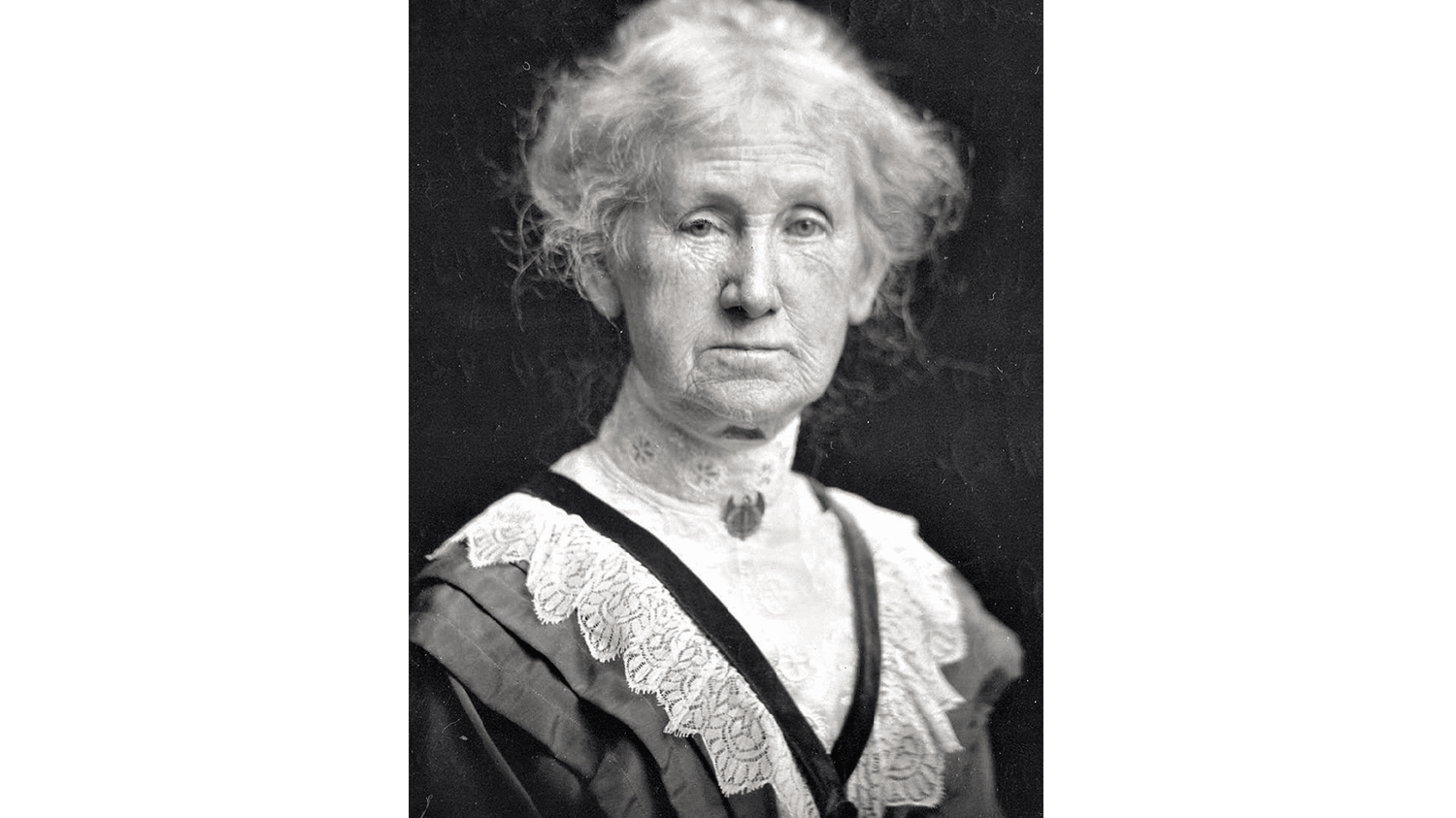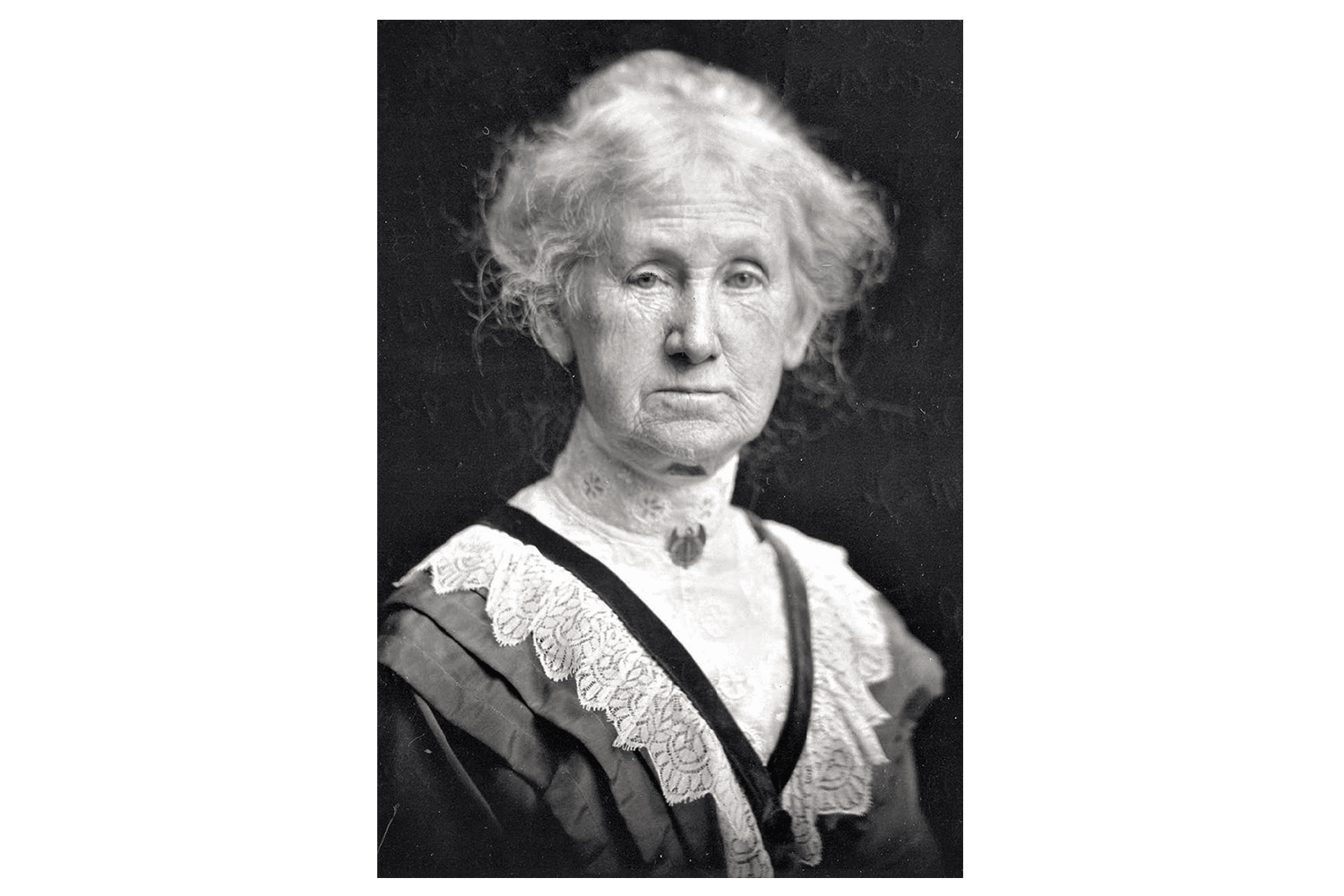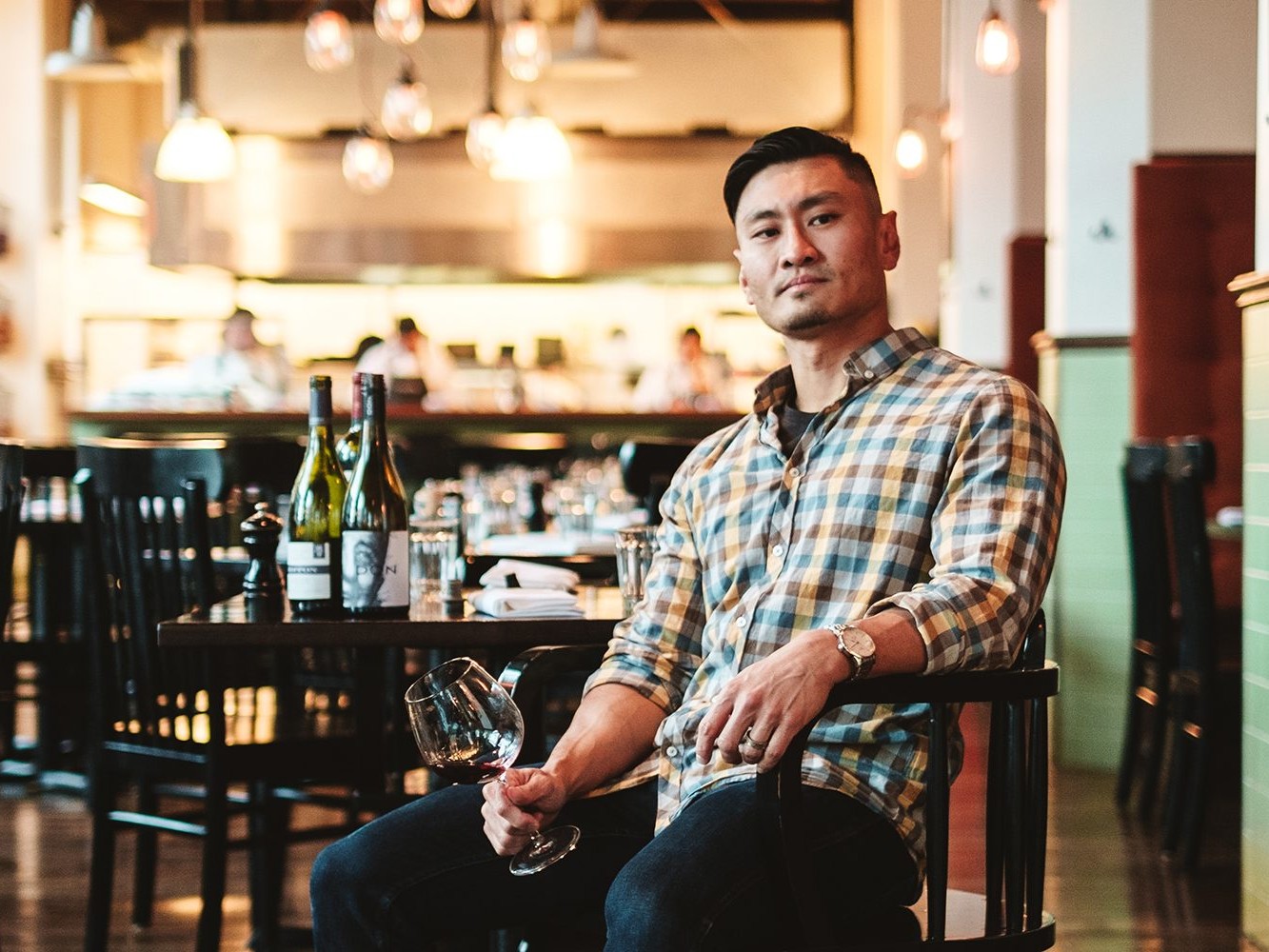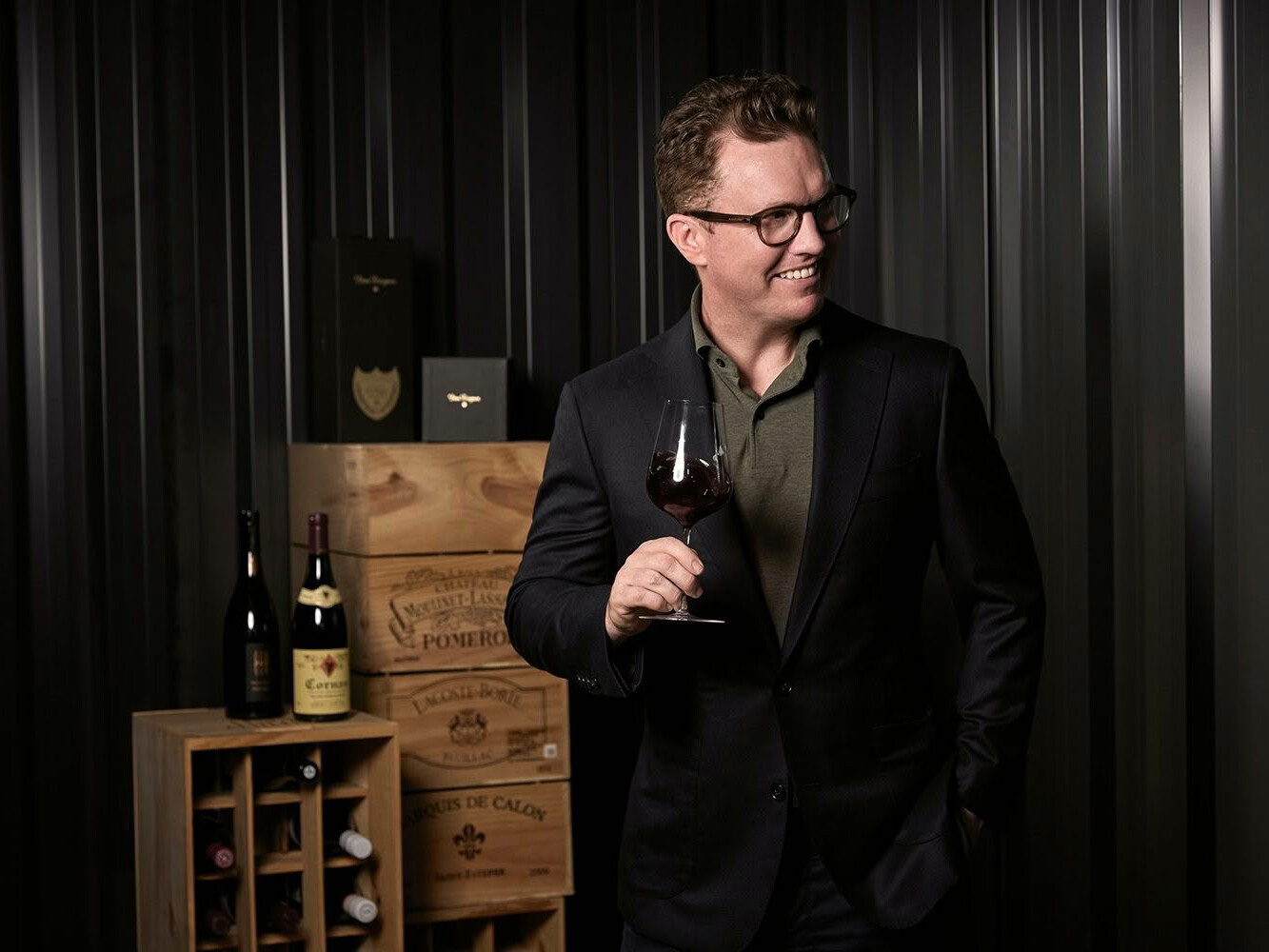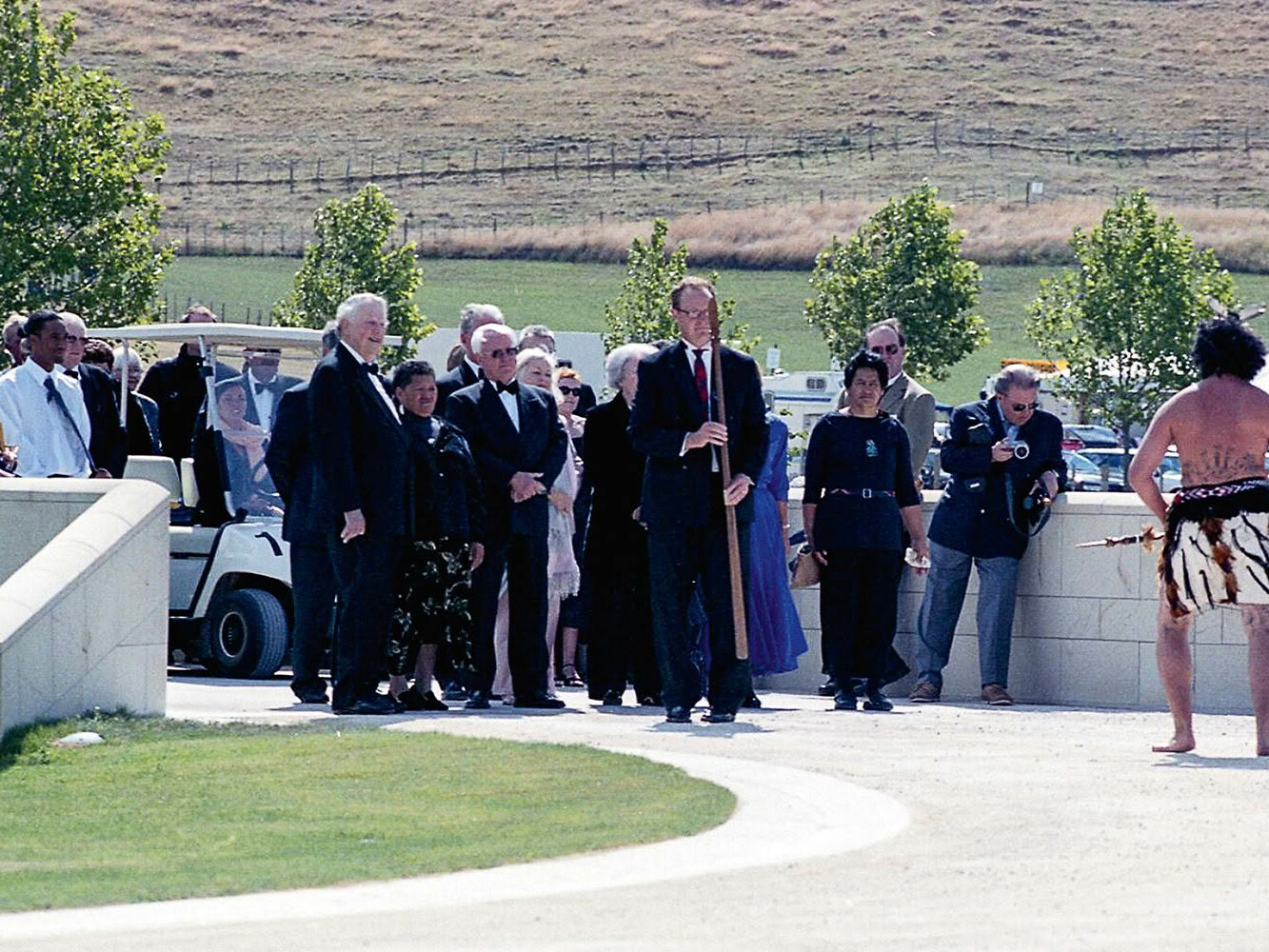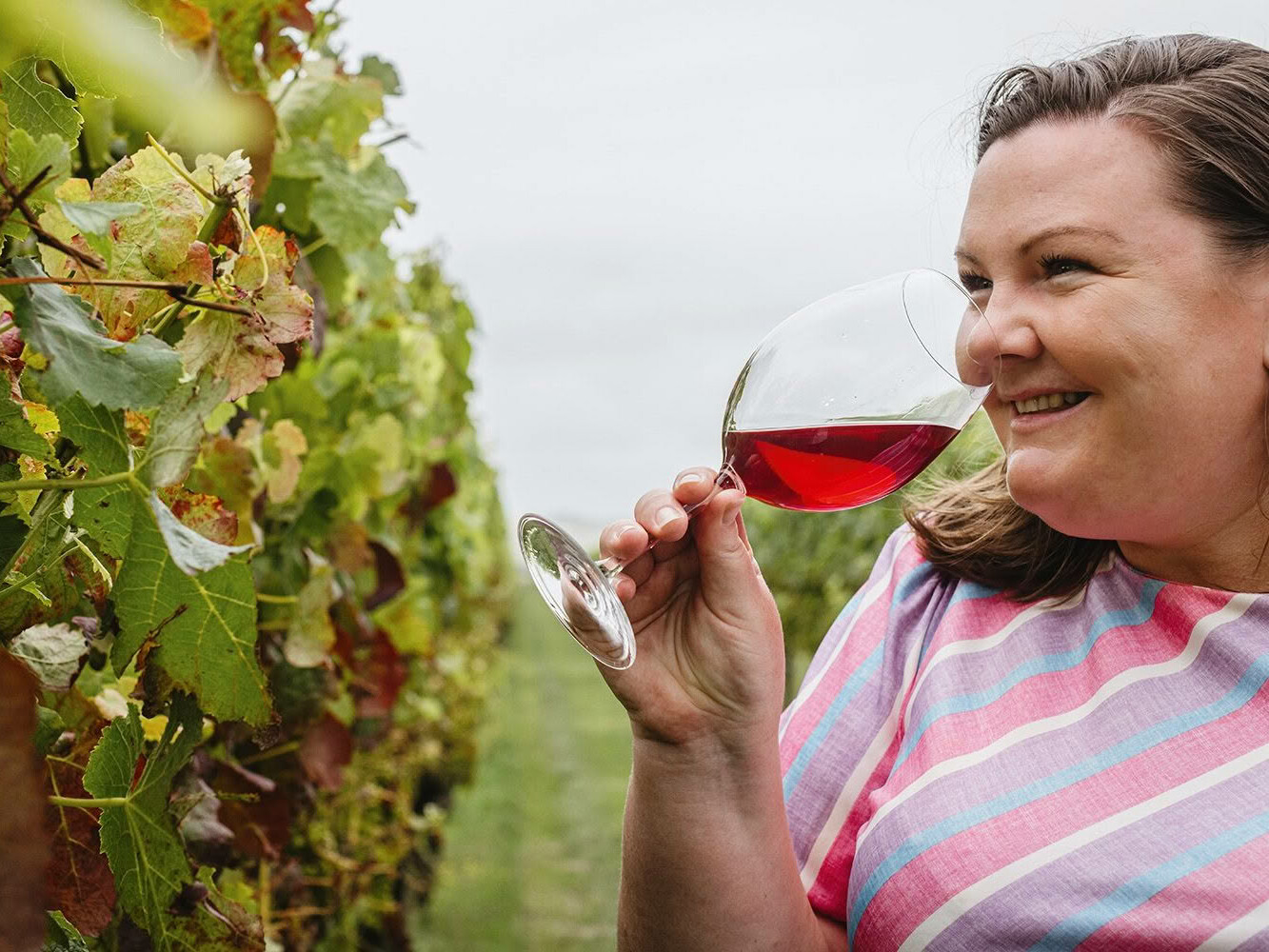Storytelling is my passion and in the world of wine there are so many stories to tell. Therefore, one would think that when tasked to write about women in wine – something I feel passionate about – the words would flood my brain faster than my fingers could type. The truth, in fact, was the opposite. I felt stymied by the topic and research simply made the situation worse. So much has been said and while there is still so much more to say, how can I add real value to a topic that means so much to me? Every angle that came to mind felt trite, peppered with gendered generalisations or had already been done to death.
While it wasn’t groundbreaking, one angle was to highlight some of New Zealand’s incredible women in wine: but which ones? A list of five women rapidly became a list of 20. To pick just a couple would do a disservice to the rest, but to feature them all would take up the whole magazine. Selecting a handful would just put a spotlight on the ones I omitted. The topic I so desired to write about stressed me out so much I became hopelessly blocked.
In times of creative crisis there are many suggested ways to unlock creativity. Instead I chose my old frenemy: procrastination. This particular bout of active avoidance took the form of an internet deep dive into the world of women in wine, which led me to the feet of Hannah Weinberger (pictured), said to be the first female winemaker. Hannah and her husband John owned the Weinberger Winery in Napa Valley in the 19th century. In 1882 John was shot and killed by a disgruntled employee leaving Hannah as sole owner and winemaker. Considering this was almost 40 years before Hannah would be entitled to vote, taking on a winery could have been considered an outrageous act, but Hannah continued to make wine and run the business until 1920 when the winery closed thanks to Prohibition. It occurred to me that if the first female winemaker was being discussed more than 120 years ago – and I have no doubt that women have been making wine much earlier than that without the infamy afforded to Hannah – then why aren’t there more female winemakers today?
The statistics tell me that wine is the preferred drink of 52% of women and that 59% of women buy wine, yet globally less than 20% of winemakers are female. So, in the majority we buy it and drink it but we’re very much in the minority when it comes to making it.
Any visitor to a winery will most likely see many women; one at the tasting counter, another serving your wine and a glimpse behind the scenes will reveal at least one in the office. But seeing one in safety boots and high vis shifting a barrel in the winery or working some magic in the lab is a less common sight. A particularly depressing story I heard is that of a young female assistant winemaker who had to ask the lead winemaker if he could introduce her more specifically as his “winemaking assistant” as when he introduced her as his assistant the vast majority assumed her role consisted of making his coffee and keeping his diary in order, rather than making wine.
This phenomenon doesn’t just apply to winemaking. The esteemed Master Of Wine programme – a prestigious qualification that takes years to complete – has 418 members worldwide but only 149 are women, that’s only 36%. The numbers are more dire in the world of sommeliers where only 17% of those who have reached the Court of Master Sommeliers, the undeniable zenith of that career, are women. In the Champagne region, only 10% of women have achieved the prestigious position of chef de caves, the head winemaker.
So, what’s going on? It can’t be the long-held superstition that the sight of a petticoat in the cellars had the potential to sour wine (seriously, you couldn’t make this up). This myth – linked to the belief that a menstruating woman in close proximity with wine could cause it to spoil – has been debunked thanks to… common sense. The belief that a woman’s ‘delicate nature’ wouldn’t be strong enough for the physical rigours of the winery definitely doesn’t ring true today either with as many women as men involved in the daily physicality of the job.
The truth is I don’t know why. But I hope the day will come when I’m not called upon to write a story about female winemakers because it won’t be newsworthy, or a marketing angle or a selling point. Then women as winemakers will be so much the norm that it will no longer be a story that needs to be told. ■

